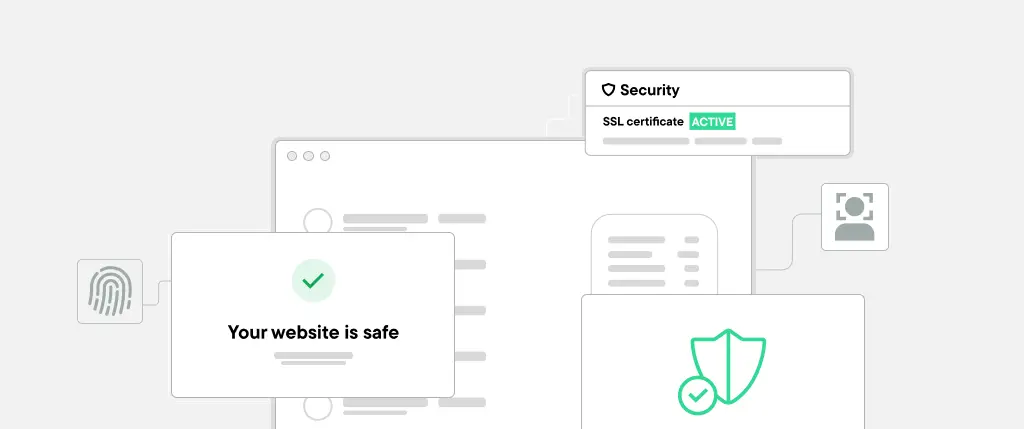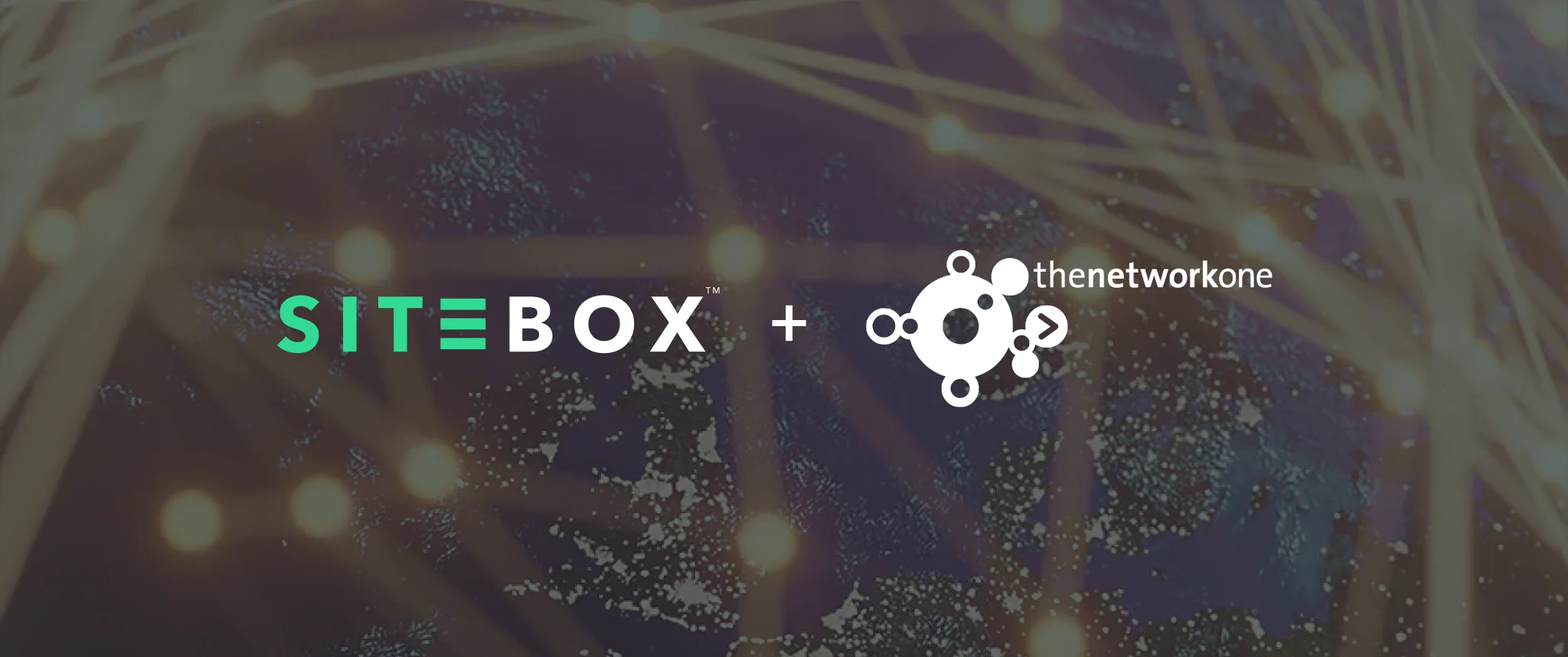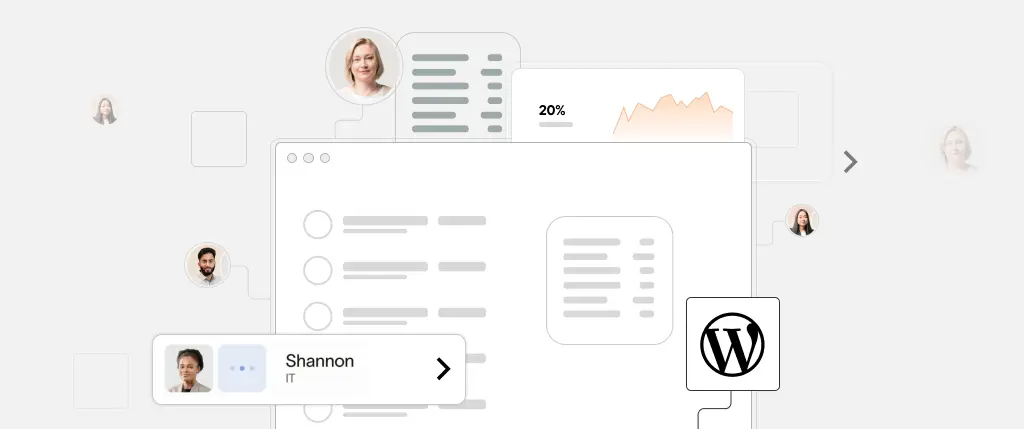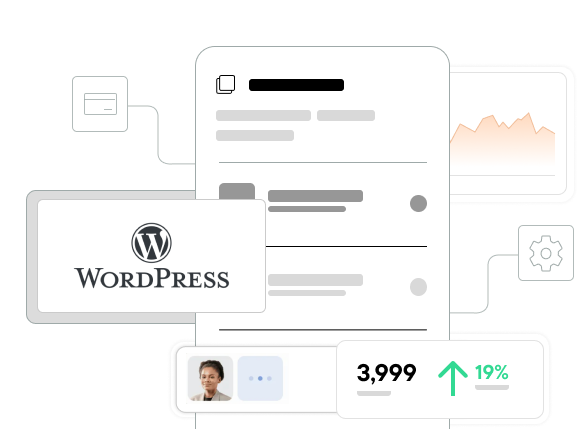When it comes to performance optimization, caching is one of the most effective tools in a WordPress developer’s toolkit. While caching plugins like WP Super Cache or W3 Total Cache offer quick setup and basic optimization, they barely scratch the surface of what’s possible. For developers and site owners serious about speed, WordPress caching strategies need to go far beyond plugin-based solutions.
In this article, you’ll learn 7 powerful caching methods that will help you reduce server load, accelerate page delivery, and build a more scalable WordPress site. Whether you’re managing a WooCommerce store, a content-heavy blog, or a high-traffic enterprise site, these strategies are designed to unlock your site’s full performance potential.
1. Page Caching: Full HTML Output for Speed
Page caching stores the final HTML output of a page so that PHP and MySQL don’t have to run on every request. Plugins can do this, but for maximum performance, server-level caching through NGINX FastCGI or Varnish is far superior. These tools can serve thousands of requests per second with minimal overhead.
For a deeper dive, check out NGINX FastCGI caching.
2. Redis or Memcached for Object Caching
Object caching stores complex and frequently accessed database queries in memory. WordPress supports object caching natively via functions like wp_cache_set() and wp_cache_get(). Tools like Redis and Memcached are ideal for persistent caching between page loads and across users.
This is particularly effective for database-intensive themes, large WooCommerce stores, or sites with lots of dynamic queries.
You can use the Redis Object Cache plugin for simple setup.
3. Transients API for Custom Cache Needs
The Transients API lets you cache custom data such as third-party API results, expensive queries, or heavy computations. Transients are stored in the database by default, but when Redis or Memcached is enabled, they move to memory—making them even faster.
This is perfect for caching things like “most popular posts,” weather data, or remote API responses that don’t change often.
4. CDN and Edge Caching for Global Speed
Using a Content Delivery Network (CDN) like Cloudflare, Bunny.net, or Akamai allows your content to be cached at data centers around the world. This reduces latency by serving content from the location closest to the user.
Edge caching works especially well for static files (like images and scripts) and even full-page content for anonymous users.
Make sure to:
- Enable “Cache Everything” in your CDN settings.
- Set rules to bypass cache for logged-in users or sessions.
- Use API-based cache purging when content updates.
5. Smart Invalidation Hooks
One of the biggest challenges in caching is invalidation—knowing when to clear the cache. Poor invalidation can show outdated content or kill performance.
Instead of clearing the entire cache every time something updates, hook into events like save_post, update_option, or woocommerce_order_status_changed to precisely target what needs clearing. This ensures fresh content with minimal performance impact.
6. Browser Caching and HTTP Headers
Client-side browser caching helps reduce server requests by telling the browser how long to store certain files locally. This is configured via .htaccess, NGINX config, or through plugin interfaces.
Example (Apache):
<filesMatch "\.(jpg|jpeg|png|gif|js|css)$">
Header set Cache-Control "max-age=31536000, public"
</filesMatch>This is essential for static assets like fonts, images, and scripts.
7. Monitoring and Tuning Your Cache Setup
Implementing caching is not enough—you need to monitor it.
Use tools like:
- Query Monitor (WordPress plugin) to identify slow queries.
- New Relic for real-time server and PHP tracing.
- The
redis-cli monitorcommand for tracking Redis activity. curl -Ito inspect HTTP headers and cache status.
Tracking cache hit rates, load times, and object usage helps ensure your caching layers are working together properly.
Conclusion
Advanced WordPress caching strategies are essential for anyone managing performance-critical sites. While caching plugins are a great starting point, developers and site owners can gain far greater speed, reliability, and scalability by implementing server-level, object-based, and custom caching solutions.
Key Takeaways:
- Combine Redis object caching with CDN edge caching for layered speed.
- Use the Transients API for flexible, application-specific caching.
- Avoid global cache clears by using smart invalidation via WordPress hooks.
- Set proper HTTP headers to maximize browser cache efficiency.
- Monitor, test, and iterate regularly for optimal performance.
Sitebox: Built for Advanced WordPress Caching
Looking to simplify your caching setup without sacrificing control? Sitebox offers:
- ⚡ Edge CDN full-page caching out of the box
- 🔁 Smart cache invalidation using webhooks
- 🧠 Built-in Redis object cache with live monitoring
- 🔐 Secure, performance-first architecture
- 🧩 Plugin-free optimization for advanced users
👉 Explore Sitebox’s caching features and experience WordPress performance at its best.




